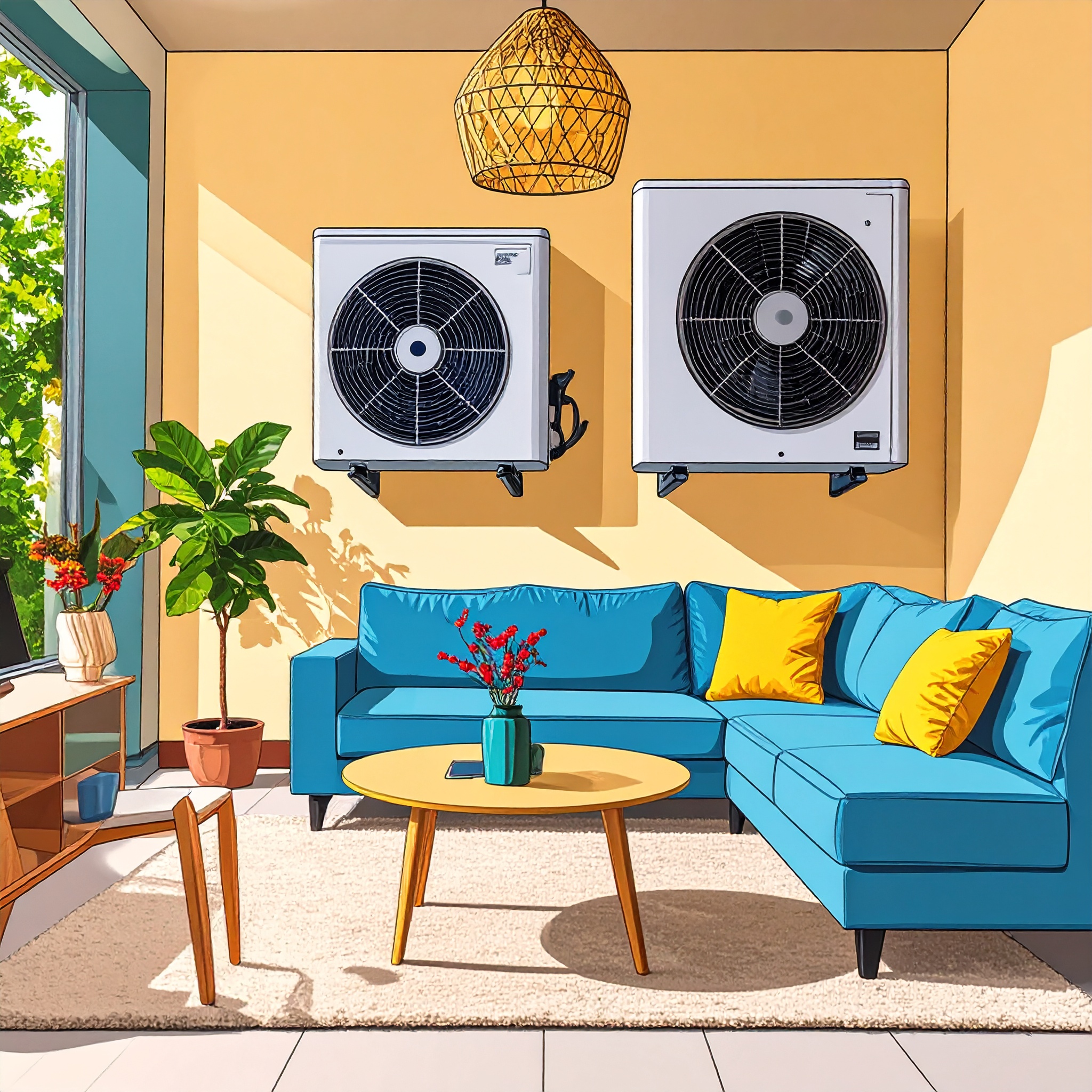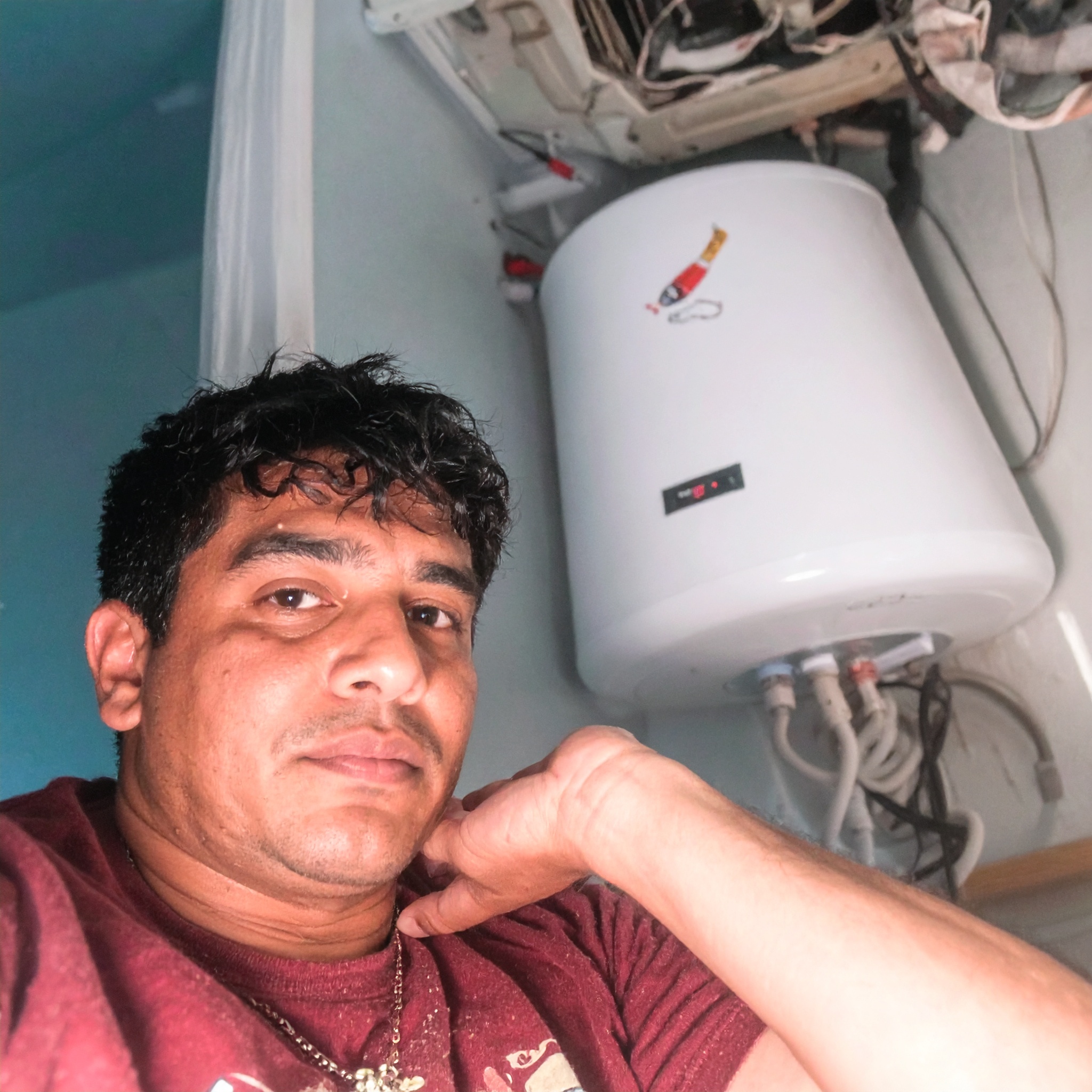While living in a rental property, you may unexpectedly face issues such as “the air conditioner isn’t cooling” or “there’s no hot water.” At such times, a critical question arises: “Am I responsible for the repair costs, or will the landlord cover them?”
This is particularly important for appliances like air conditioners and water heaters, as repair or replacement expenses can range from tens to hundreds of thousands of yen. Making the right judgment in the event of a breakdown is essential.
This article offers a detailed explanation of the conditions under which landlords are responsible for repair costs, the scenarios in which tenants may bear the responsibility, and the key points to confirm at the time of signing the lease.
General Principle: Repairs Due to Normal Wear and Tear Are the Landlord’s Responsibility
Under a typical lease agreement, fixtures provided at the start of the tenancy—such as air conditioners, water heaters, and lighting—are considered the property of the landlord.
Therefore, when these items malfunction or deteriorate due to normal usage over time, the landlord is generally responsible for their repair or replacement.
This principle is grounded in both the Civil Code of Japan and the Ministry of Land, Infrastructure, Transport and Tourism’s official guidelines on property restoration.
Specific Scenarios Where the Landlord Is Responsible for Repair Costs
| Issue | Circumstance | Responsible Party |
|---|---|---|
| Air conditioner no longer provides hot or cold air | Unit over 10 years old; natural malfunction | Landlord |
| No hot water from the water heater | Component failure due to wear and tear | Landlord |
| Remote control unresponsive | Receiver malfunction on the unit side (excluding battery depletion) | Landlord |
| Mechanical issues such as water leakage or unusual noise | No misuse or irregular operation by the tenant | Landlord |
| Malfunction occurs within a few months of use | Initial defect or pre-existing issue from previous tenant | Landlord (prompt action required) |
Air conditioners and water heaters are classified not as consumables, but as essential residential fixtures.
Accordingly, landlords are typically held responsible for their upkeep and repair.
Scenarios Where the Tenant May Bear Responsibility for Repair Costs
While the landlord is generally responsible for equipment repairs, there are circumstances under which the tenant may be required to cover part or all of the expenses:
✅ Malfunctions caused by tenant negligence
Example: Damage to the receiver unit due to forced remote control operation, or water leakage caused by improper hose connection.
✅ Issues resulting from lack of maintenance or inspection
Example: Decreased cooling efficiency due to clogged air conditioner filters from insufficient cleaning.
✅ Breakdowns involving tenant-installed equipment
Example: Malfunctions of air conditioners or water heaters purchased and installed by the tenant fall entirely under tenant responsibility.
✅ Special clauses specified in the lease agreement
Example: If the lease explicitly states, “The air conditioner is provided free of charge, and repair costs are to be borne by the tenant,” such clauses may be considered valid and enforceable.
Key Points to Confirm Before Signing the Lease or Moving In
-
Clarify whether the air conditioner and water heater are classified as “fixtures” or “complimentary items”
→ Fixtures: The landlord is responsible for maintenance.
→ Complimentary items: The landlord is not obligated to repair or replace them. -
Understand the age of the installed equipment
→ Use general appliance lifespans as a reference (e.g., approximately 10 years for air conditioners; 10–15 years for water heaters). -
Check for any special clauses regarding repair responsibilities
→ Pay close attention to clauses that state, for example, “Air conditioner repairs are to be borne by the tenant.” -
Test the equipment for functionality during the move-in inspection
→ Any initial defects should fall under the landlord’s responsibility. Report any malfunctions immediately upon occupancy.

Repair Process Overview
1. Upon confirming a malfunction, immediately contact the property management company or landlord
-
Do not arrange for a repair service on your own, as you may be held responsible for the cost.
-
Clearly communicate the conditions of use and the nature of the malfunction.
-
Whenever possible, include photos or videos to support your report.
2. The management company will arrange an on-site inspection or dispatch a certified technician
-
A technician typically visits within 1 to 3 business days.
-
Whether the issue falls under the tenant’s responsibility will be determined based on the on-site assessment.
3. In principle, the landlord bears the cost of repair or replacement
-
If the malfunction results from normal wear and tear or an initial defect, no cost will be charged to the tenant.
Preventive Measures Tenants Can Take to Avoid Equipment Issues
-
Clean air conditioner filters approximately once a month.
-
Avoid placing items around the water heater’s outdoor unit or piping.
-
Regularly ventilate the space to reduce indoor humidity and condensation.
-
Report unusual sounds or signs of malfunction promptly—delays may result in the tenant being held liable.
Issues with residential fixtures such as air conditioners and water heaters directly impact daily living.
This makes it essential to understand, from the outset of the lease, under what conditions responsibility lies with the landlord or the tenant.
When in doubt, your first step should be to review the lease agreement and consult with the property management company or landlord—never make unilateral decisions. Early communication is key to preventing disputes.




